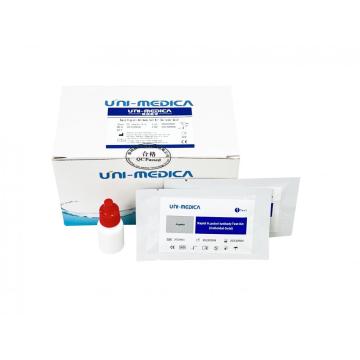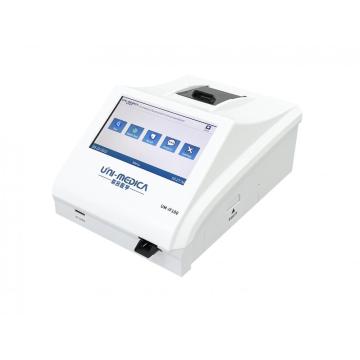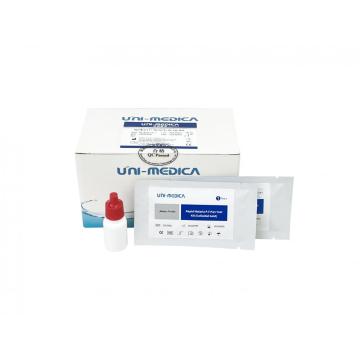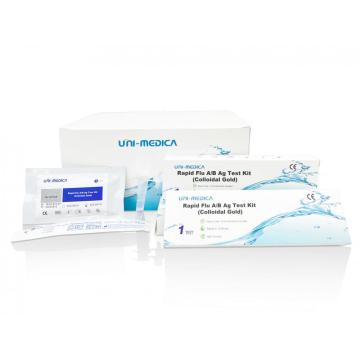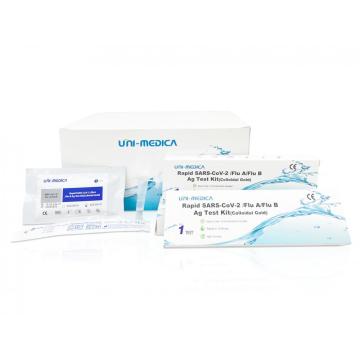
Single Use Reagent Test Tube
- Min. Order:
- 10000 Piece/Pieces
- Min. Order:
- 10000 Piece/Pieces
- Transportation:
- Ocean, Land, Air, Express
- Port:
- Shenzhen
Your message must be between 20 to 2000 characters
Contact Now| Place of Origin: | China |
|---|---|
| Productivity: | 10 000 000 tests/month |
| Supply Ability: | 10 000 000 000 tests/year |
| Payment Type: | L/C,T/T |
| Incoterm: | FOB,CFR,CIF,EXW |
| Certificate: | CE/SGS |
| HS Code: | 3821000000 |
| Transportation: | Ocean,Land,Air,Express |
| Port: | Shenzhen |
This Virus Sample Collection Tube is a non-toxic sample storage solution that can be used directly. It can inactivate infectious pathogens and avoid the risk of secondary infection of specimen transport and inspection personnel during operation. The active components in the preservation solution can preserve the nucleic acid for 7 days at room temperature without significant degradation.
Product name
Inactivated Sample Collection Tube
Alternative name
Disposable Virus Sample Collection Tube, also named Sample
Transport Medium, Specimen Collection Tube, etc.
Product
description
The virus
preservation solution added with lysis salt is an inactivated virus
preservation solution. The main purpose of the Tris, lysis salt, EDTA, etc.
contained in it is to lyse the nucleic acid to release the nucleic acid, so
that the nucleic acid can be detected by the subsequent real-time fluorescent
RT-PCR. This is to determine whether the sample contains virus characteristic
nucleic acid, that is, whether it is infected with the virus.
Nucleic acid is
a biological macromolecular compound formed by the polymerization of many
nucleotides, including deoxyribonucleic acid (DNA) and ribonucleic acid (RNA),
and is one of the most basic substances of life. The virus has a single
structure and contains only one type of nucleic acid and protein. Therefore,
the virus will be detected if the characteristic nucleic acid is detected.
Viruses are parasitic organisms and cannot survive outside the body after
sampling. If they cannot be detected in time, they need to be placed in the
virus preservation solution. In order to protect the safety of the virus
detection environment, it is necessary to add lysis salt to inactivate the
virus and release the nucleic acid that can be detected.
Features of our Inactivated Disposable Virus
Tube(Disposable
Vtm)
1. Simple
operation and use, no need to prepare liquid, the system contains
high-efficiency virus lysate, the virus is inactivated immediately after sampling,
effectively preventing the risk of secondary infection, and ensuring the safety
of transportation and testing personnel;
2. Viral
DNA/RNA can be stored and transported at room temperature for 1 week without
degradation. After extraction according to most commercial kits, the DNA/RNA
obtained is of good quality and high yield, and can complete various genetic
testing and analysis experiments. Such as PCR, qPCR, etc., while saving
transportation costs;
3. Contains
nucleic acid RNase inhibitors to maximize the protection of viral nucleic acids
from being degraded and greatly improve the efficiency of nucleic acid
extraction.
4. It is
suitable for the collection, preservation and transportation of common virus
samples such as new coronavirus, influenza virus, hand, foot and mouth virus.
It can collect throat swabs and nasal test samples or tissue samples of
specific parts. The stored samples can be used for subsequent clinical trials
such as nucleic acid extraction or purification.
Precautions
1. It is
forbidden to directly touch the person being collected with the preservation
solution that has been placed in the virus sample.
2. It is
forbidden to sample the swab after soaking the swab with the preservation
solution.
3. This
Inactivated Disposable Virus Sampling Tube(Disposable VTM) is a disposable product and is only used for
the collection, transportation and storage of clinically collected virus
specimens. It should not be used beyond the intended use.
4. The Virus
Sampling Tube must not be used after the expiry date or the product packaging
is damaged.
5. When
collecting virus samples, professionals should strictly follow the sampling
procedures; when samples are tested, they should be operated in a laboratory
that meets the safety level.
6. After
collection, the specimen should be transported to the corresponding laboratory
within 3 working days, and the storage temperature should be 2-8 Celsius. If it
cannot be delivered to the laboratory within 72 hours, it should be stored at
-70 Celsius or below, and it should avoid repeated freezing and thawing.
Our advantage
1.Easy operation
2.Storage
resistance: long-term storage withstands -80℃
3.Stable
performance: unchanged performance within one year
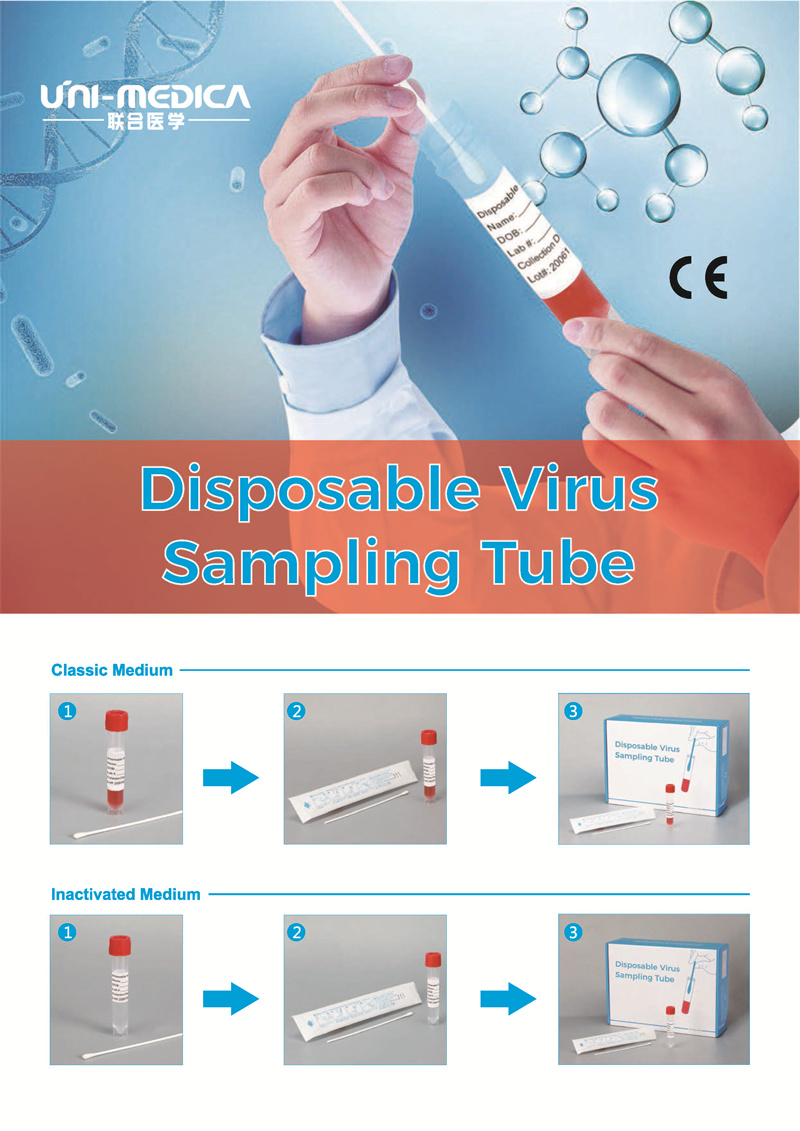
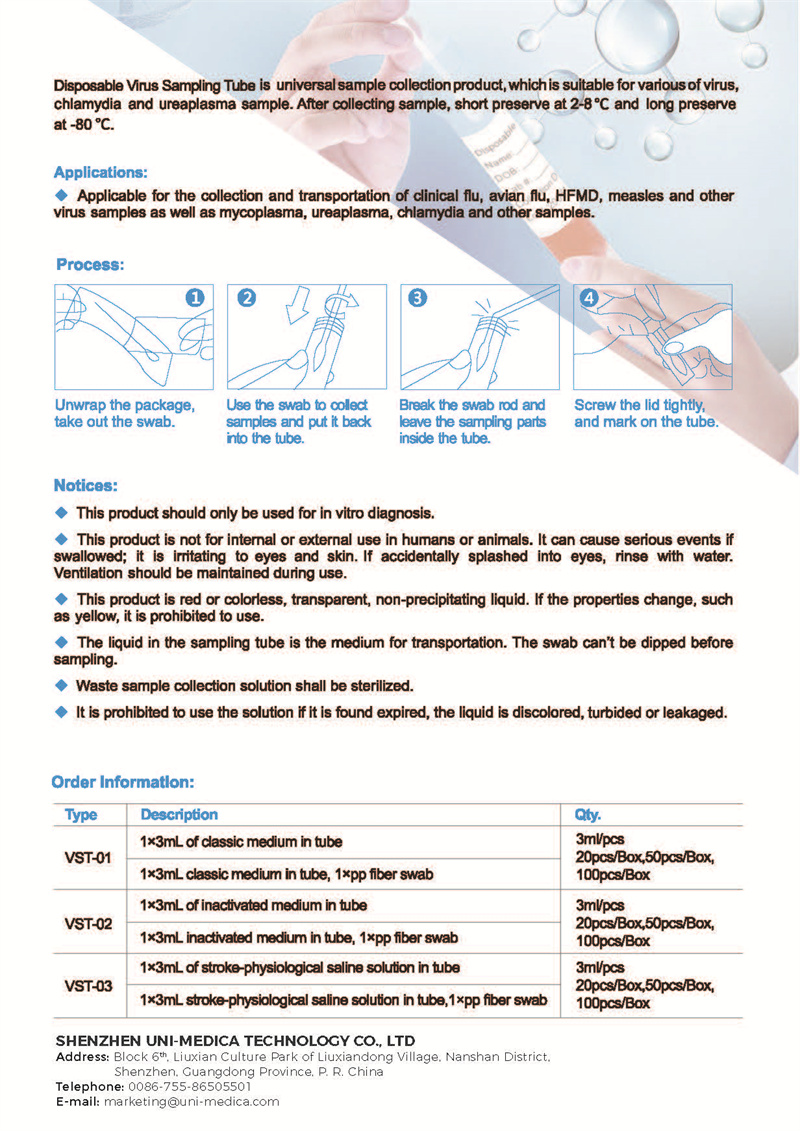
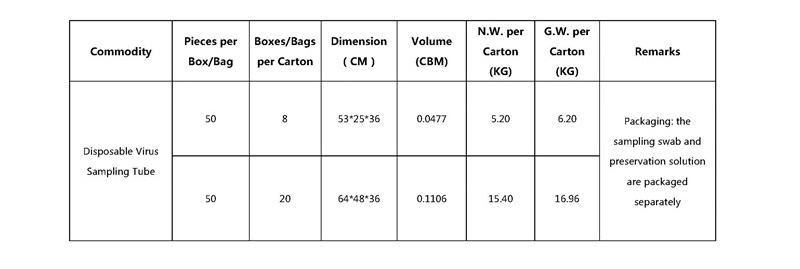
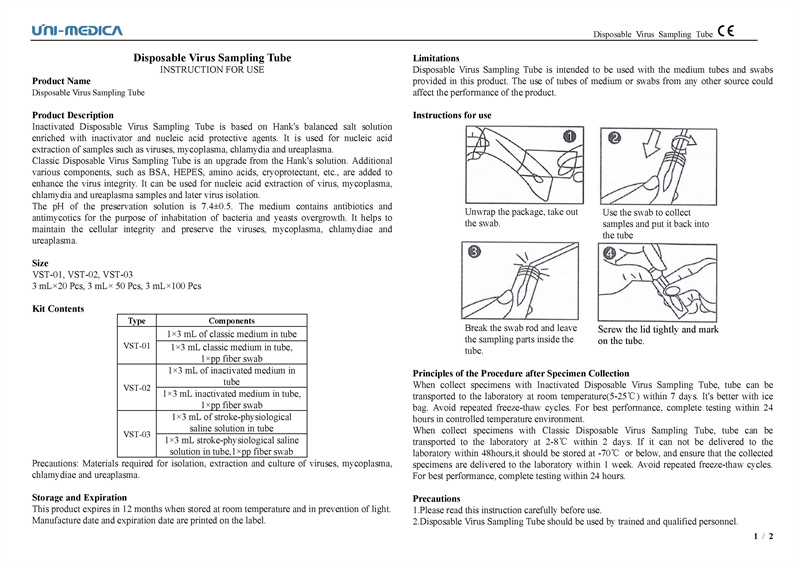
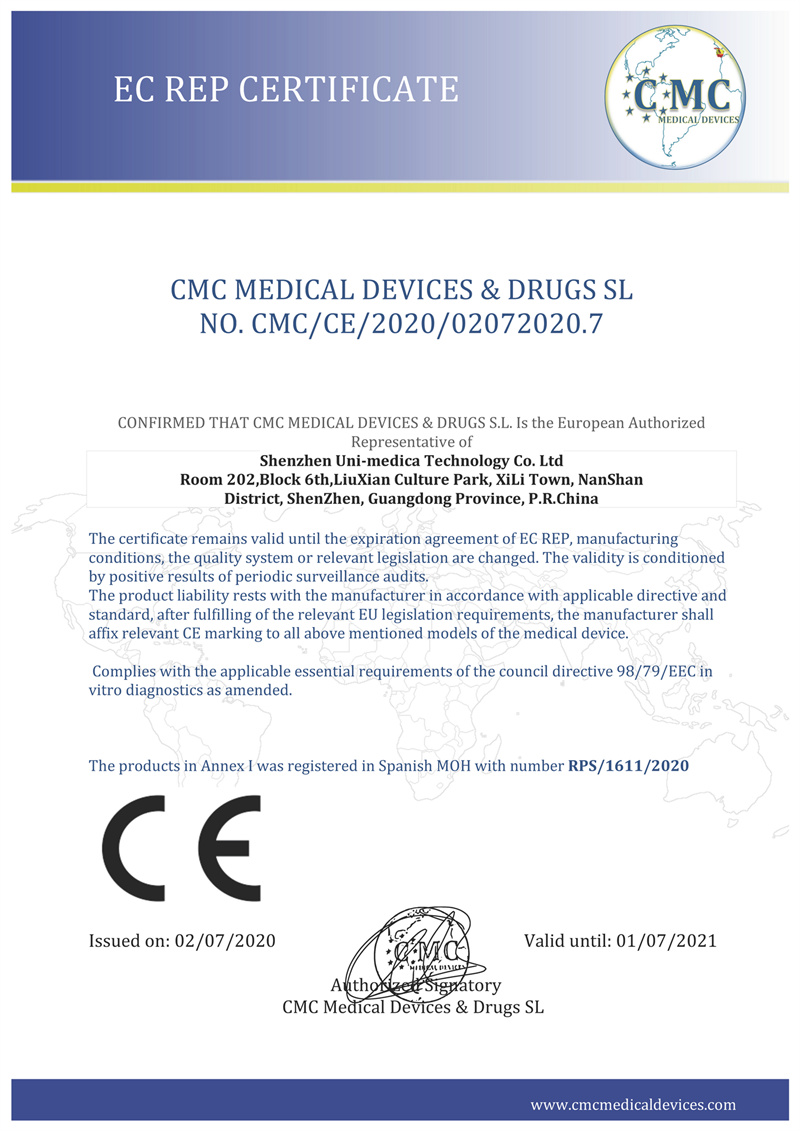
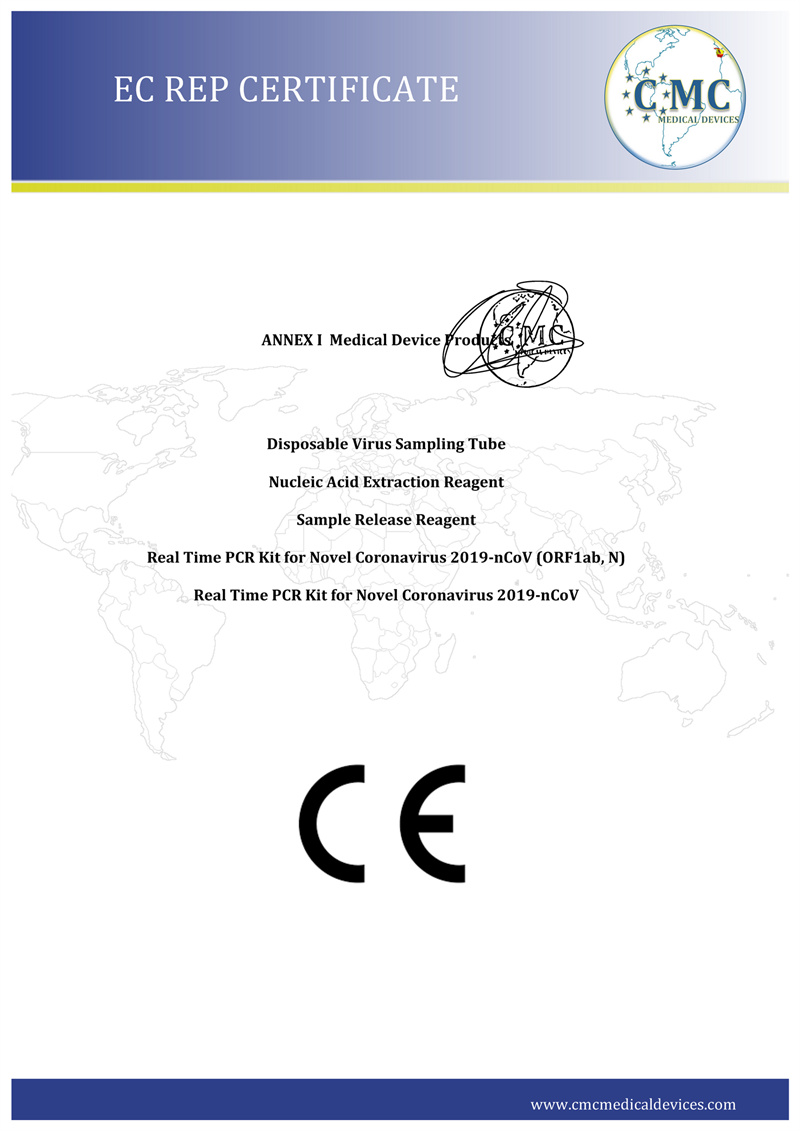
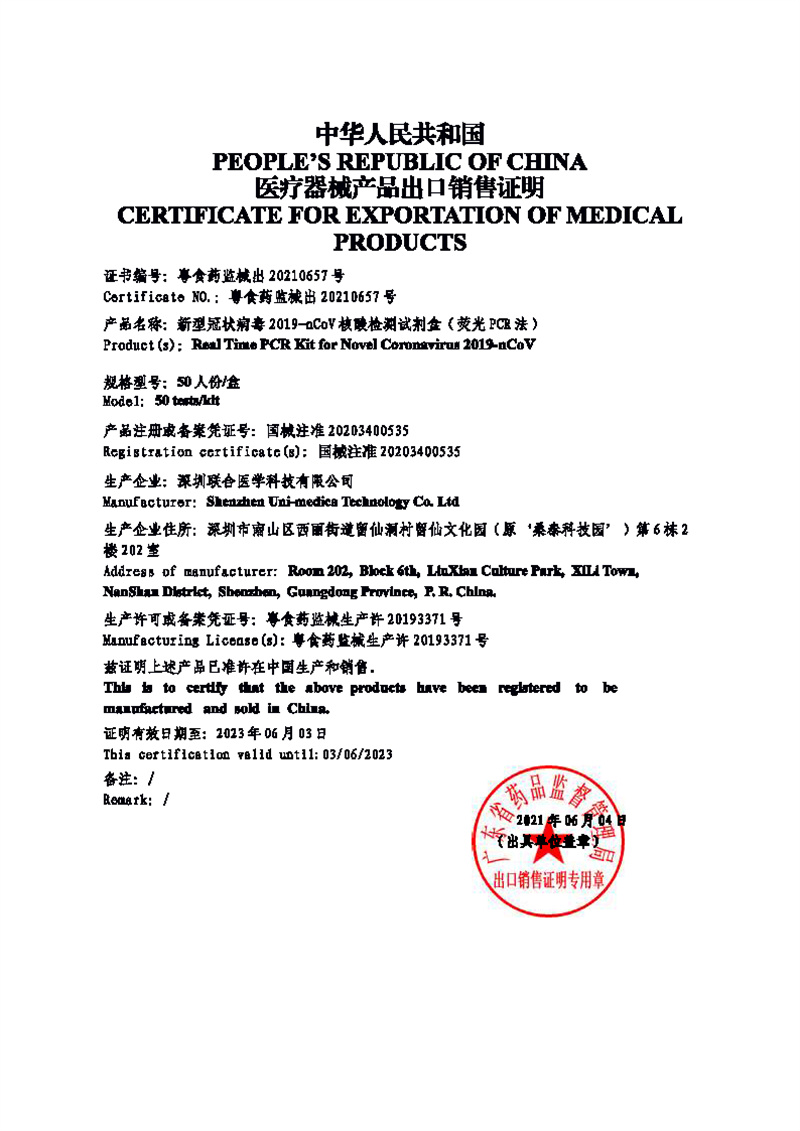
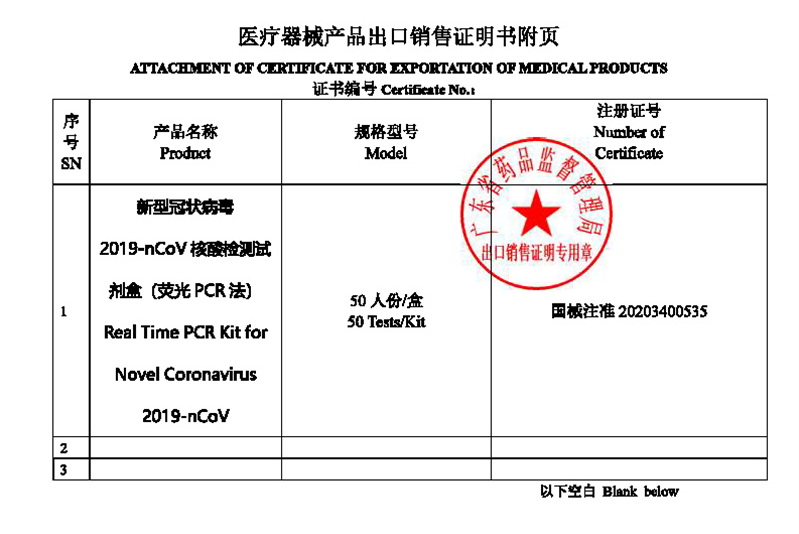
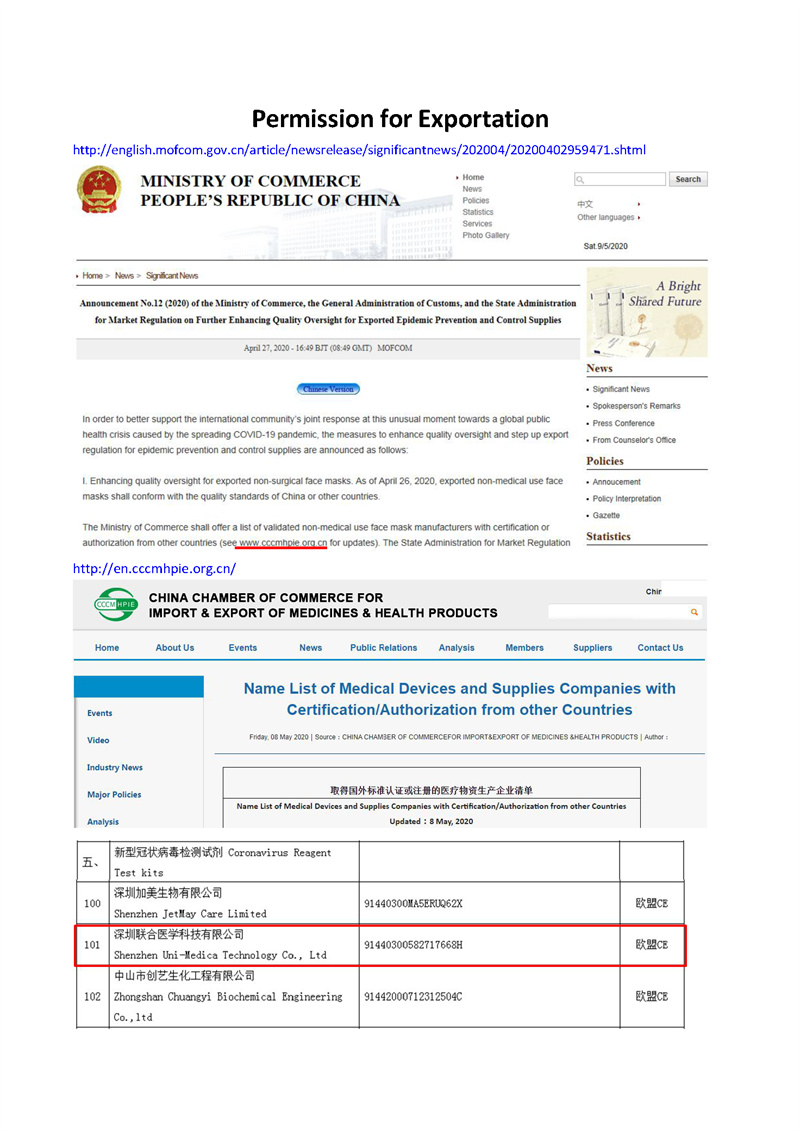
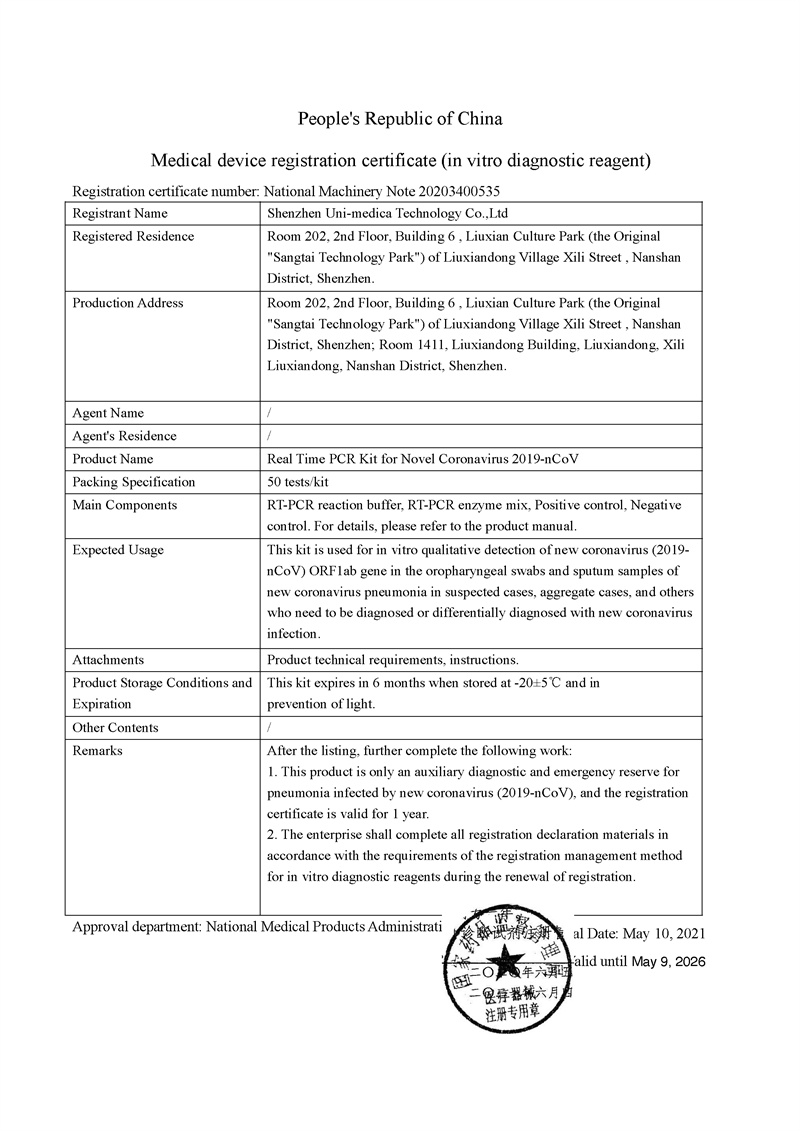
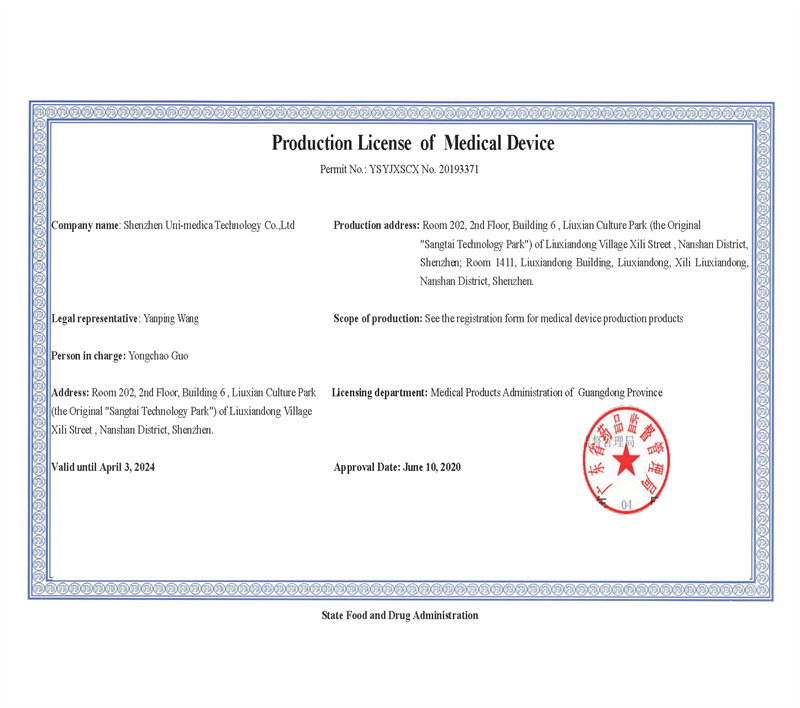

Related Keywords


